Phytoplasma SAP11 effector destabilization of TCP transcription factors differentially impact development and defence of Arabidopsis versus maize
Data and Resources
-
Open Access PDFPDF
PLOS Pathogens
Additional Info
| Field | Value |
|---|---|
| Source | |
| Version | |
| Authors |
|
| Maintainer | |
| Maintainer Email | |
| Article Host Type | publisher |
| Article Is Open Access | true |
| Article License Type | cc-by |
| Article Version Type | publishedVersion |
| Citation Report | https://scite.ai/reports/10.1371/journal.ppat.1008035 |
| DOI | 10.1371/journal.ppat.1008035 |
| Date Last Updated | 2019-10-23T03:24:39.106456 |
| Evidence | open (via page says license) |
| Funder code(s) | Human Frontier Science Program (RGP0024/2105); Biotechnology and Biological Sciences Research Council (BB/J0045531/1, BB/K002848/1); Biotechnology and Biological Sciences Research Council (BB/J0045531/1, BB/K002848/1); Fundação de Amparo à Pesquisa do Estado de São Paulo (2012/50217-3, 2012/51867-1); Academia Sinica (); Fundação de Amparo à Pesquisa do Estado de São Paulo (2012/50217-3, 2012/51867-1); The P.O.R. Sardegna F.S.E. Operational Programme of the Autonomous Region of Sardinia (European Social Fund 2007.2013-Axis IV Human Resources, Objective I.3, Line of Activity I.3.1) |
| Journal Is Open Access | true |
| Open Access Status | gold |
| PDF URL | https://journals.plos.org/plospathogens/article/file?id=10.1371/journal.ppat.1008035&type=printable |
| Publisher URL | https://doi.org/10.1371/journal.ppat.1008035 |
